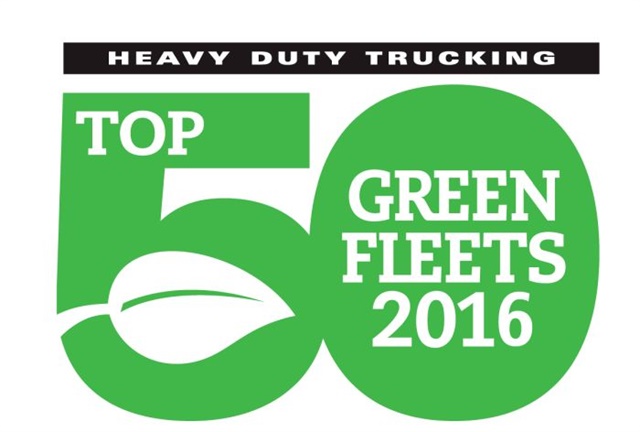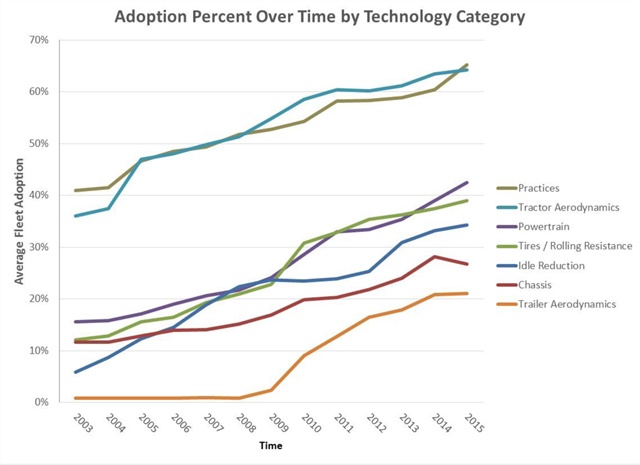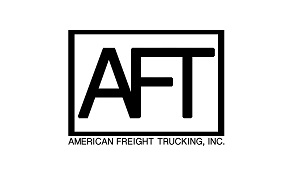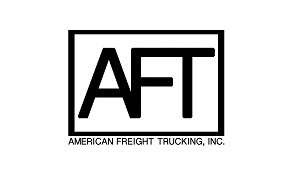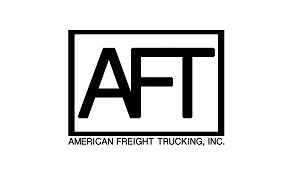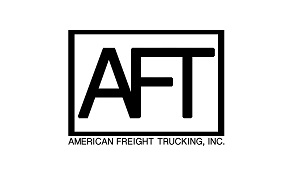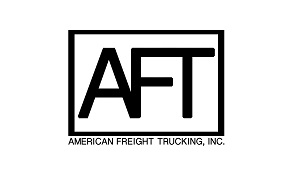HDT Seeking Nominations for Top 50 Green Fleets
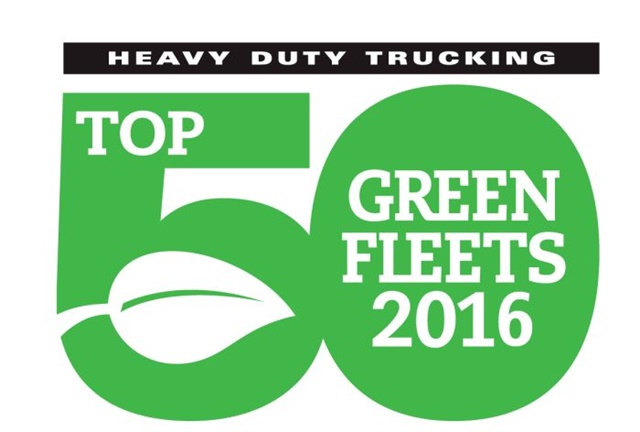
Heavy Duty Trucking is looking for fleets that have made a commitment to sustainability, alternative fuels and lowering greenhouse gas emissions for its 2016 Top 50 Green Fleets.
HDT's editors are asking fleets to fill out a short survey online with basic information about their fleet, alternative fuel use and SmartWay participation, plus room to offer additional comments on "green" projects.
Top 50 Green Fleets will have made a commitment to sustainability, reducing emissions, increasing fuel economy or adapting new fuels. The designation goes beyond the truck and trailer and extends to facilities that are greener or companies with green policies. Fleets of all sizes and types are encouraged to enter. Special attention will be paid to initiatives from the past year.
The top green fleets will be featured in the November issue of HDT and on Truckinginfo.com. View last year's winners here.
Fill out the survey here.
Related: HDT's 2015 Top 50 Green Fleets
Follow @HDTrucking on Twitter
...Read the rest of this story